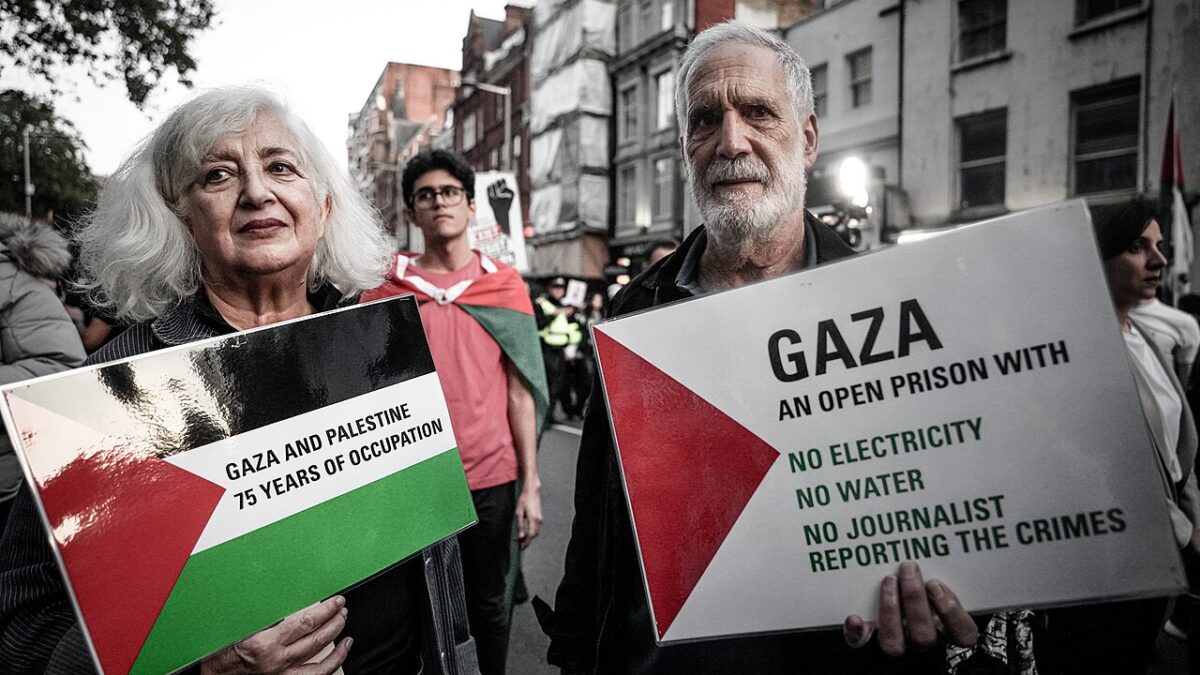Paradoxes — when two mutually exclusive things can be true at the same time — can be interesting logical experiments in a philosophy class or a late-night dorm room BS session, but they occasionally appear in reality.
One famous example is the paradox of Schrödinger’s Cat, which is used as an allegory for the concept of superposition in quantum physics. The thought experiment revolves around the idea of a cat sealed in a box with a poison that will kill it at some indeterminate time unknown to the observer. Until the observer chooses to open the box, the status of the cat is up in the air. It is equally possible that the cat is alive or dead; in fact, if the box remains unopened, the cat can be considered simultaneously both alive and dead. In quantum mechanics, this explains the idea that, unobserved, a quantum system exists in all possible states at the same time, with the actual state of the system only confirmed by observation.
But paradoxes aren’t always this esoteric and obtuse. Sometimes they even fit neatly into the political arguments of the day. That has certainly been the case when it comes to the Israel-Hamas conflict.
Leftist pro-Palestinian activists and pundits have created their very own version of Schrödinger’s thought experiment, centered around pre-war Gaza. In the minds of leftists, the Gaza of Oct. 6, 2023, was occupying its very own quantum superposition — at once both sublime utopia and horrific dystopia. Depending on the context, either of these versions could be the true Gaza that proves the specific argument trying to be made. When comparing the aftermath of Israel’s bombing campaign against Hamas targets to the enclave’s pre-war status, it is politically expedient for Gaza to have been a thriving metropolis.
So the box is opened, and voila: Gaza on Oct. 6 was a peaceful seaside hamlet. When trying to excuse Hamas’ barbarity as justifiable or lambaste Israel as evil, it is more useful for pre-war Gaza to have been a miserable hellhole. Once again, the box is opened, and Gaza transforms into an unjustifiably oppressed city.
Dystopia
This propagandistic tango has been a primary tactic used by leftist Democrat activists over the months since the barbarities of Oct. 7 to vilify Israel and stifle criticism of the Palestinian terror group. The horrific dystopian Gaza is the more familiar trope, as it has been deployed for more than a decade to criticize Israel for conditions in the enclave even after it fully withdrew in 2005.
The most common refrain for these activists is the claim that Gaza is an “open-air prison,” a phrase repeated ad nauseam on the internet. It has been adopted wholesale by radical leftists in the academy, such as Marc Lamont Hill, who recently stated that pre-war Gaza “was an unlivable open-air prison, effectively controlled by a settler-colonial apartheid state.”
It has been parroted constantly by corporate media, from NPR to Reuters, as well as by pro-Palestinian nongovernmental organizations, including Human Rights Watch. Left-wing zealots such as Michael Moore drop the phrase during their TV hits, while UN “experts” and British foreign ministers lend it official cover. Now the lunatic fringe has gone so far as to label Gaza transformed from “the largest open air prison in the world” to “the largest extermination camp in the world, financed and funded by the US government and run by Israel.”
Utopia
But Schrödinger’s Gaza is just as often presented as an idyll that has been devastated by unfair Israeli attacks. This narrative is newer, likely because of the immense damage Israel has done to Hamas’ military infrastructure — conveniently located within and beneath civilian property.
Now that much of Hamas’ tunnel system has been destroyed, the laments for that which stood atop it have commenced. Social media has been inundated with before-and-after videos of various areas of Gaza, showing a bustling metropolis turned into a heap of smoking rubble. Palestinian activists post videos of life before the Israeli “assault,” bemoaning the loss of innocence among the Gazan populace.
The Associated Press, often mistaken for Hamas stenographers, published a piece just days after the Hamas attack criticizing the Israeli response. The article detailed the destruction in “Gaza City’s upscale Rimal neighborhood,” where “upper-class apartment towers” rose along broad, tree-lined boulevards “full of beauty salons, falafel shops and pizzerias.” So much for a perpetually besieged population!
The Palestinian ambassador to the U.K., formerly their ambassador to the U.S., echoed these sentiments in a speech, saying:
I’m here to promise you we will rebuild Gaza, and we will not rebuild Gaza more beautiful. No. Because Gaza was beautiful. We will build Gaza as it was, beautiful and resilient. We will build more schools, more universities, more hospitals, and more houses.
Interestingly enough, the ambassador has played both sides of this disingenuous game. On Oct. 7, while Hamas terrorists were still rampaging through southern Israel, he went on CNN to decry “Israel’s attacks” on “occupied” Gaza. Which Gaza was it, ambassador? The utopia or the dystopia? The reality is that it was neither.
Reality
If Schrödinger’s Gaza is false on both counts, what was the real pre-war Gaza?
It was far from the terrible, Israeli-imposed disaster zone that the pro-Palestinians claim, but it was also not some idyllic paradise on the Mediterranean. Instead, it was a densely populated urban core that would not be out of place in any number of Arab nations — modern in some respects, but undeniably a developing-world city with all the problems that follow.
It was run entirely by a corrupt, militaristic terrorist group that siphoned international aid dollars to construct terrorists’ tunnels underneath homes and businesses, when it was not lining its own leaders’ pockets. It hosted various radical militant organizations that indiscriminately attacked Israeli civilians before hiding like cowards behind the Gazan population.
But this fate was entirely self-made, not imposed by Israel from outside. Gazans voted Hamas into power. They supported, in large numbers, the ongoing terror war and the assault of Oct. 7. They tore through Gaza in 2005, looting the modern agricultural infrastructure that Jewish donors had purchased and donated to them. They watched while their leaders prioritized their genocidal posture toward Jews over caring for the denizens of the Gaza Strip. This fate was chosen.
In the end, neither version of Schrödinger’s Gaza speaks to the reality of the situation, which was far more prosaic. Gaza’s problems are not the fault of Israel but of its own leadership and the population that has supported its terroristic aims. Activist lies about pre-war Gaza cannot obscure the truth, and they will not save the enclave from reaping what it has sown.









